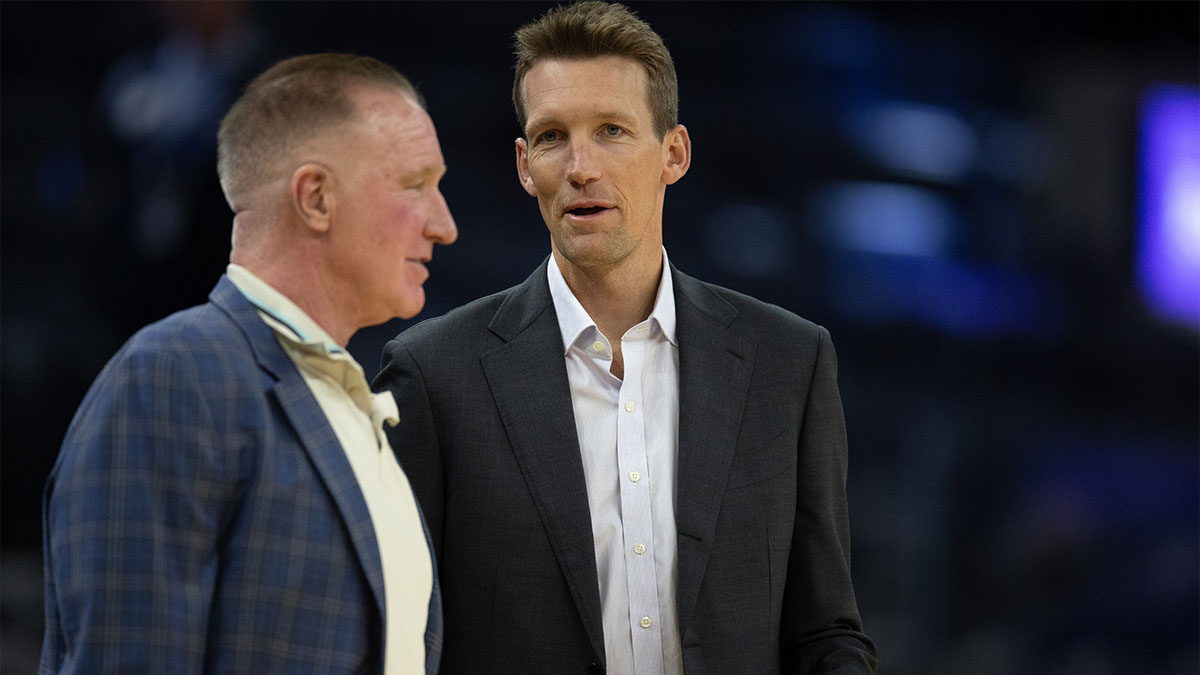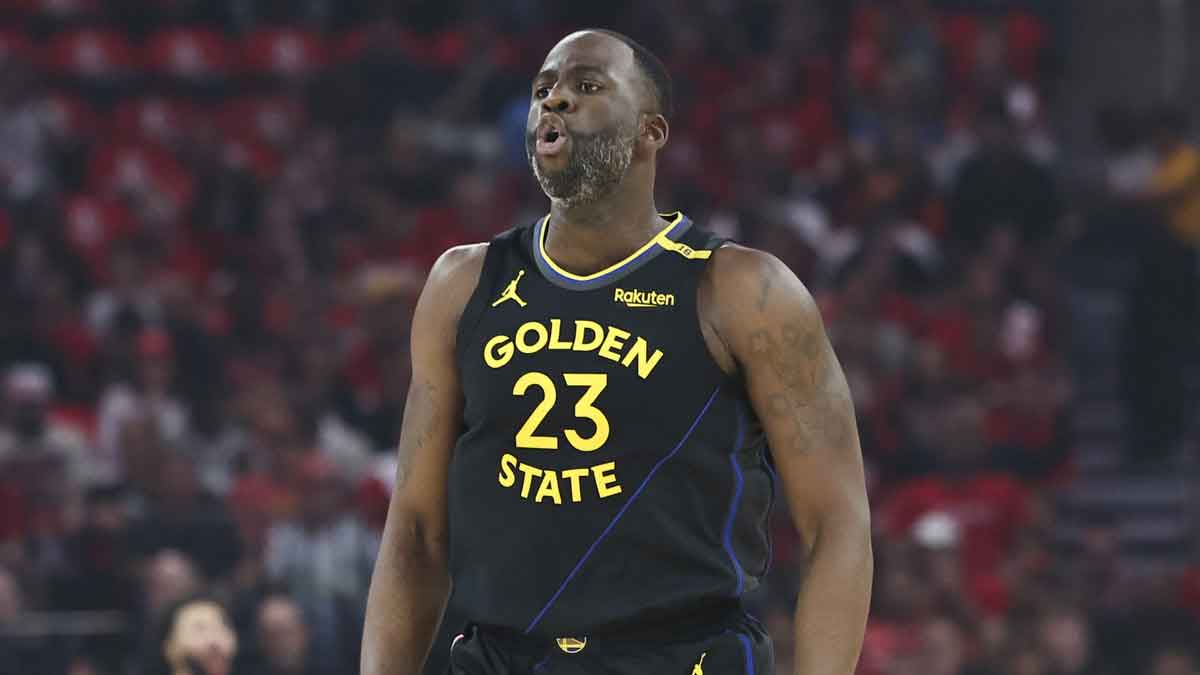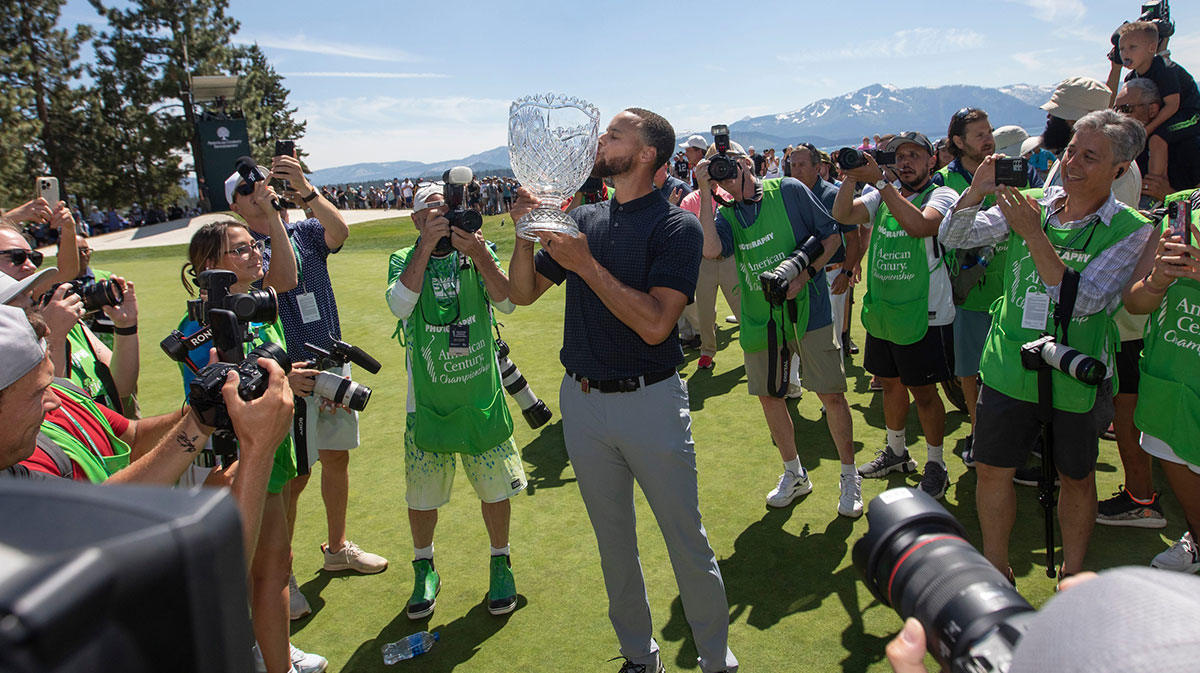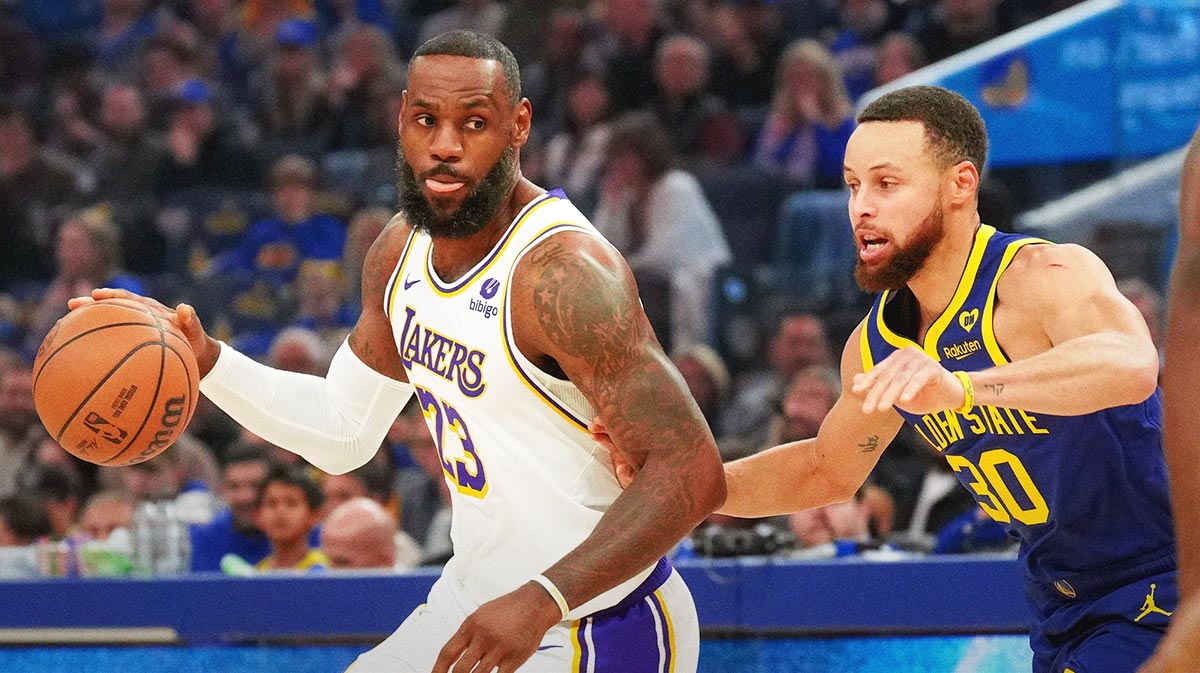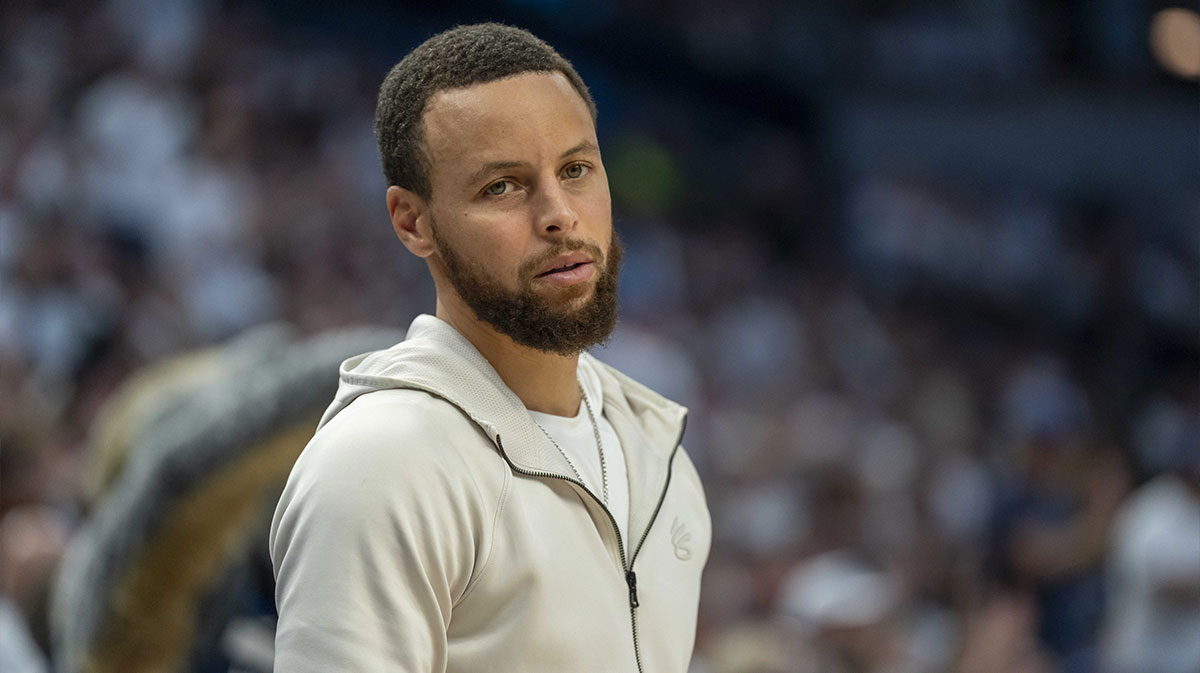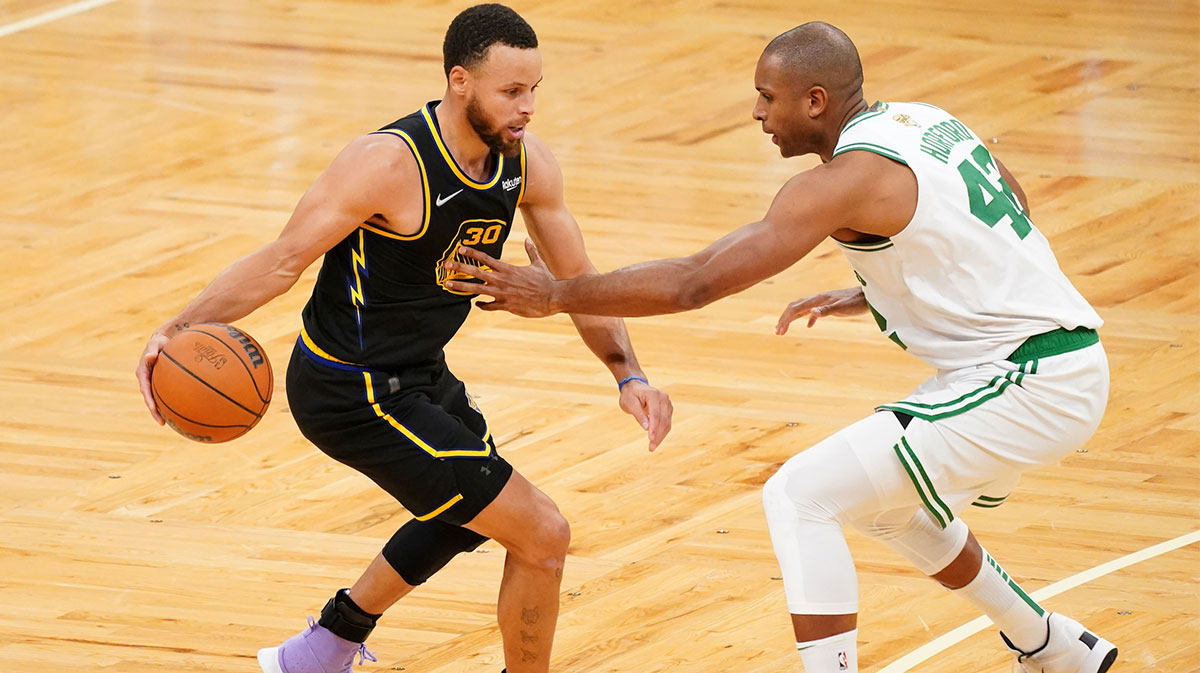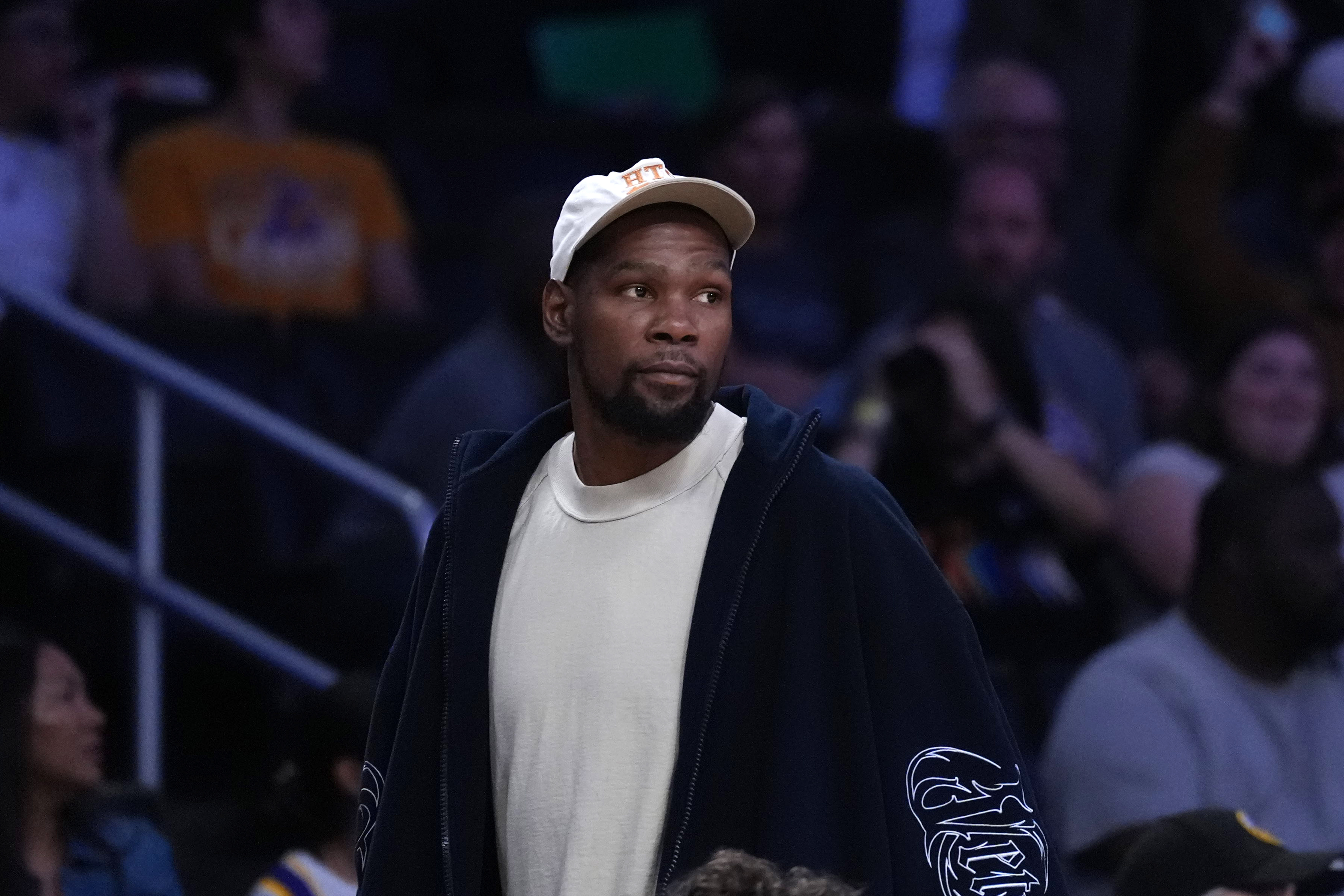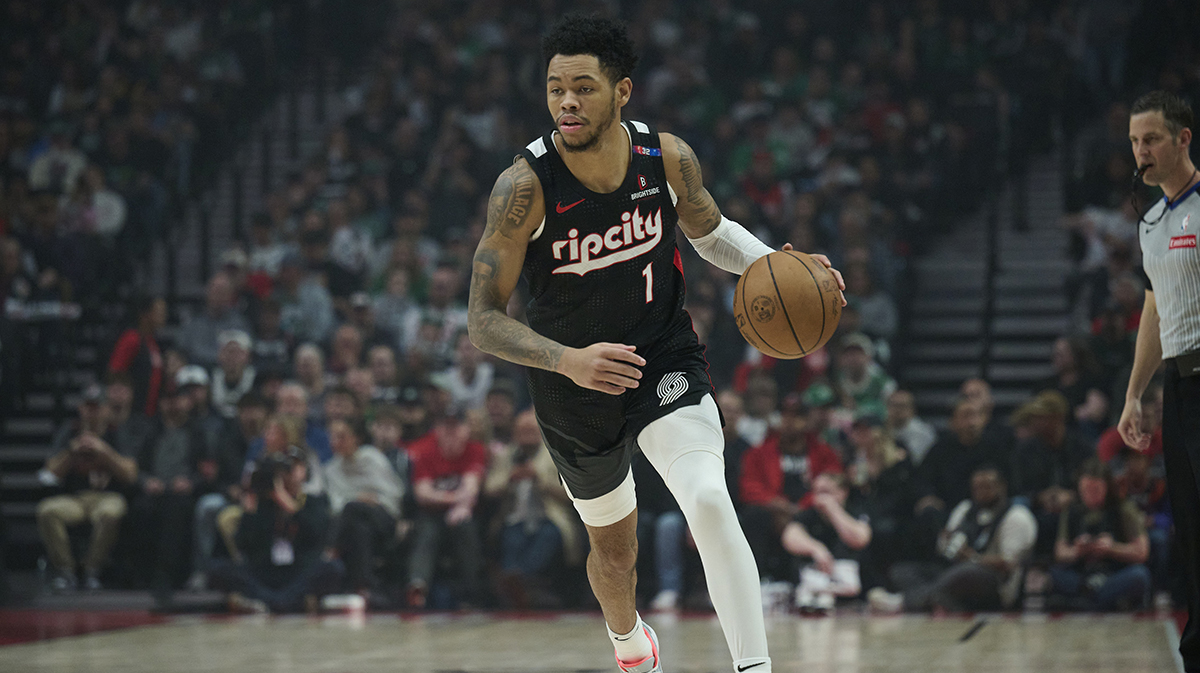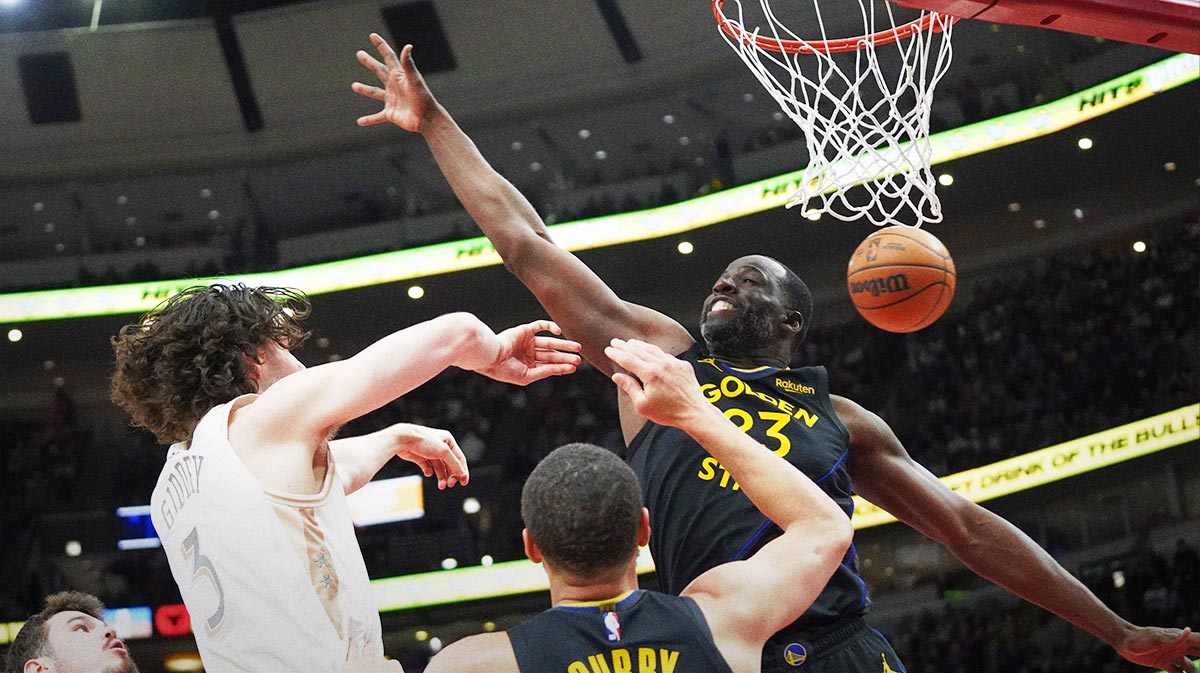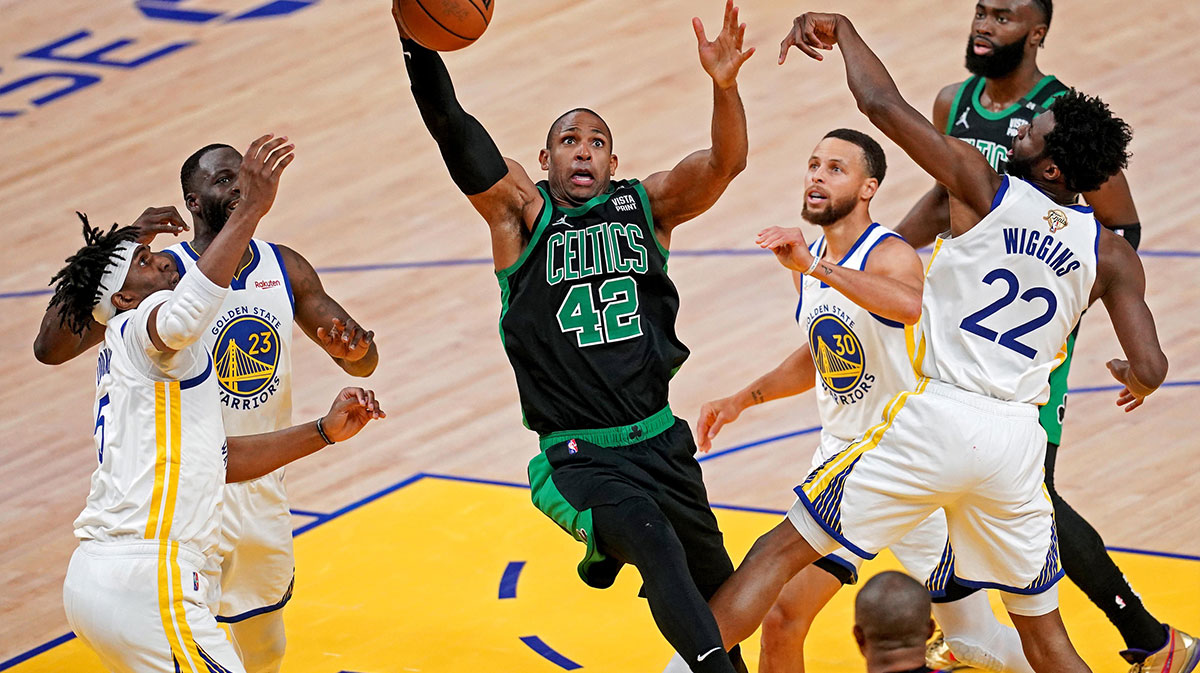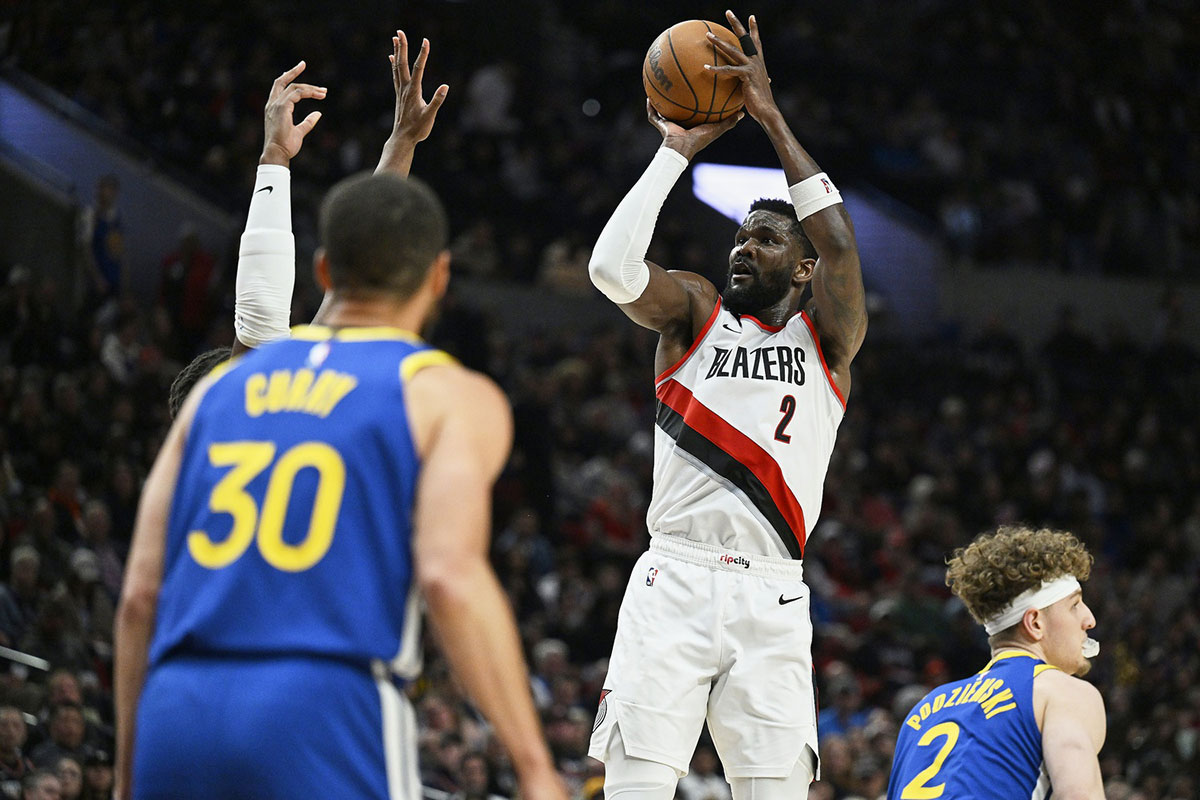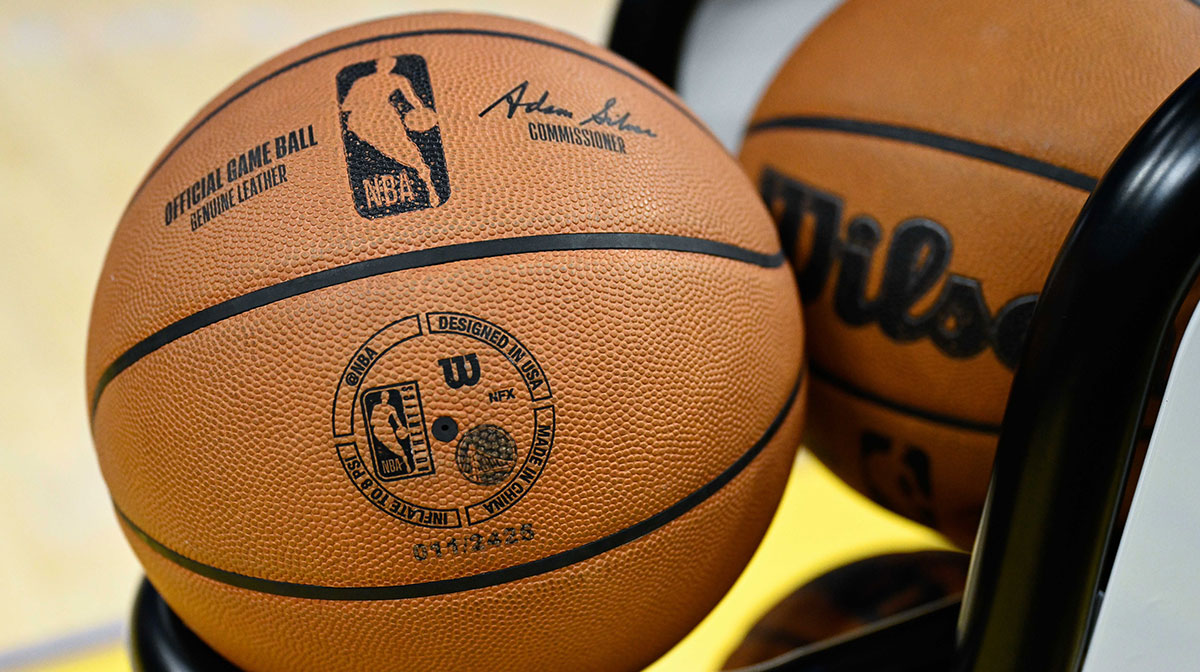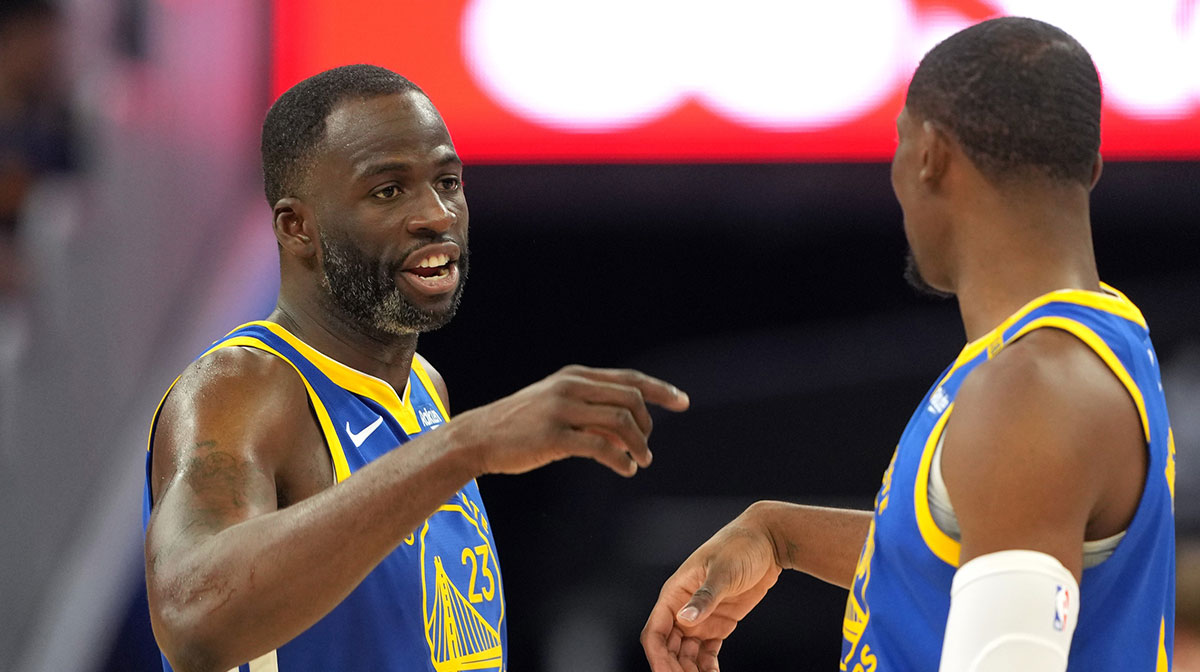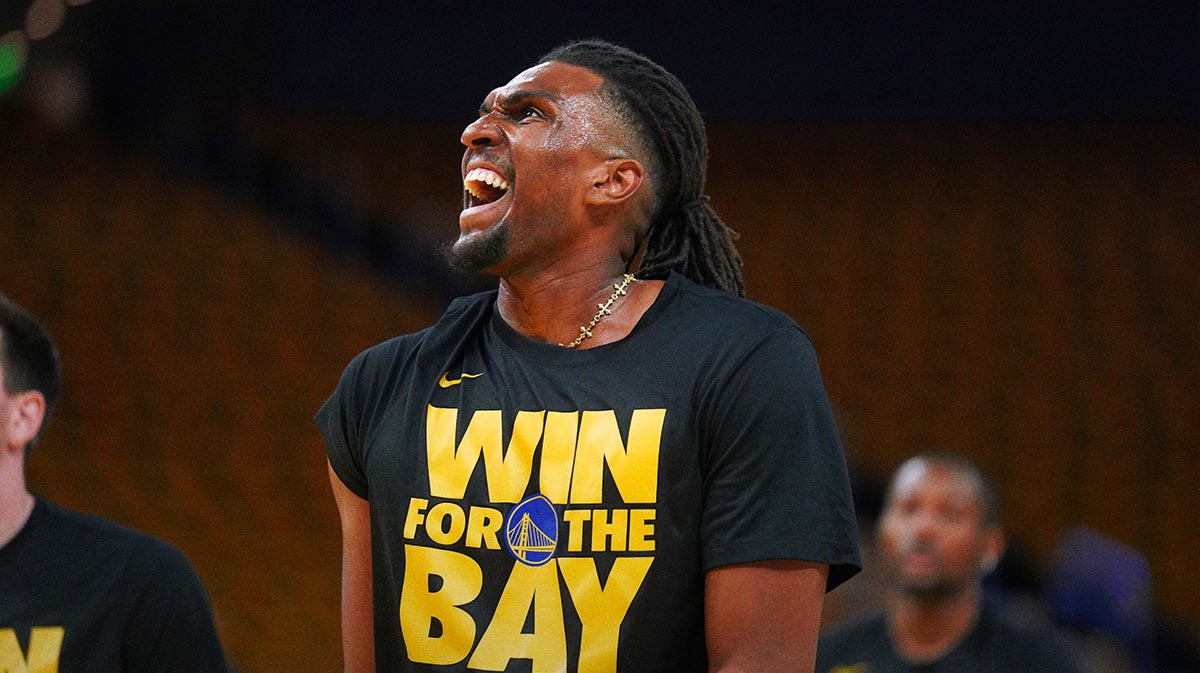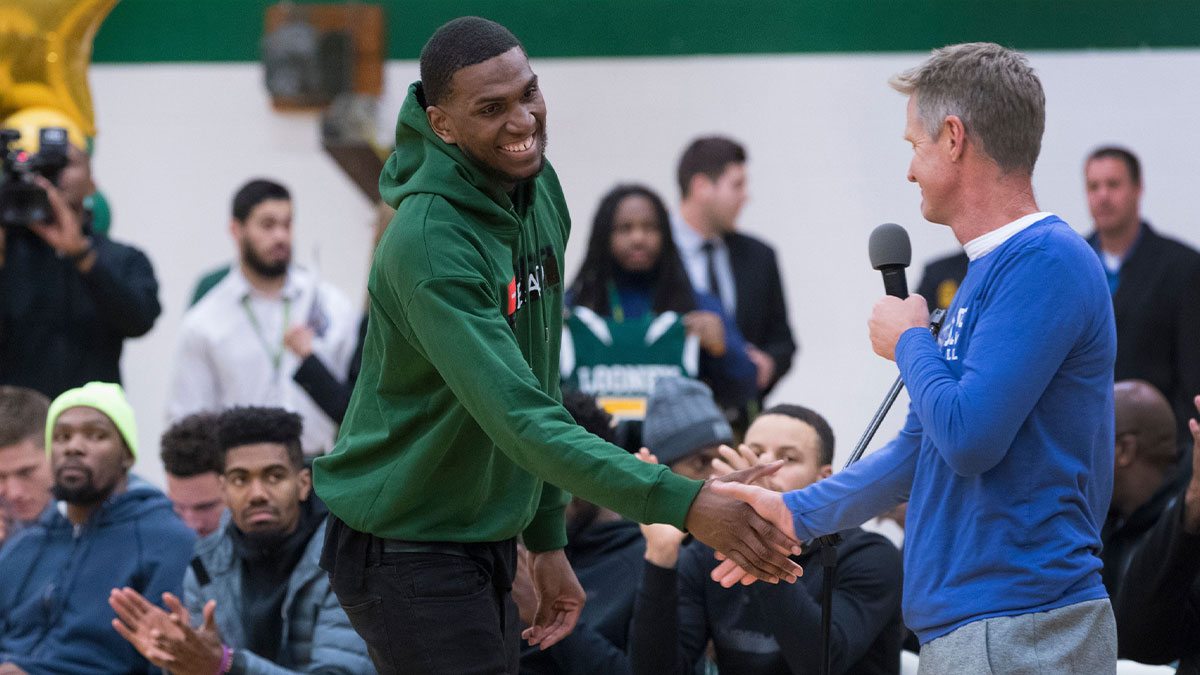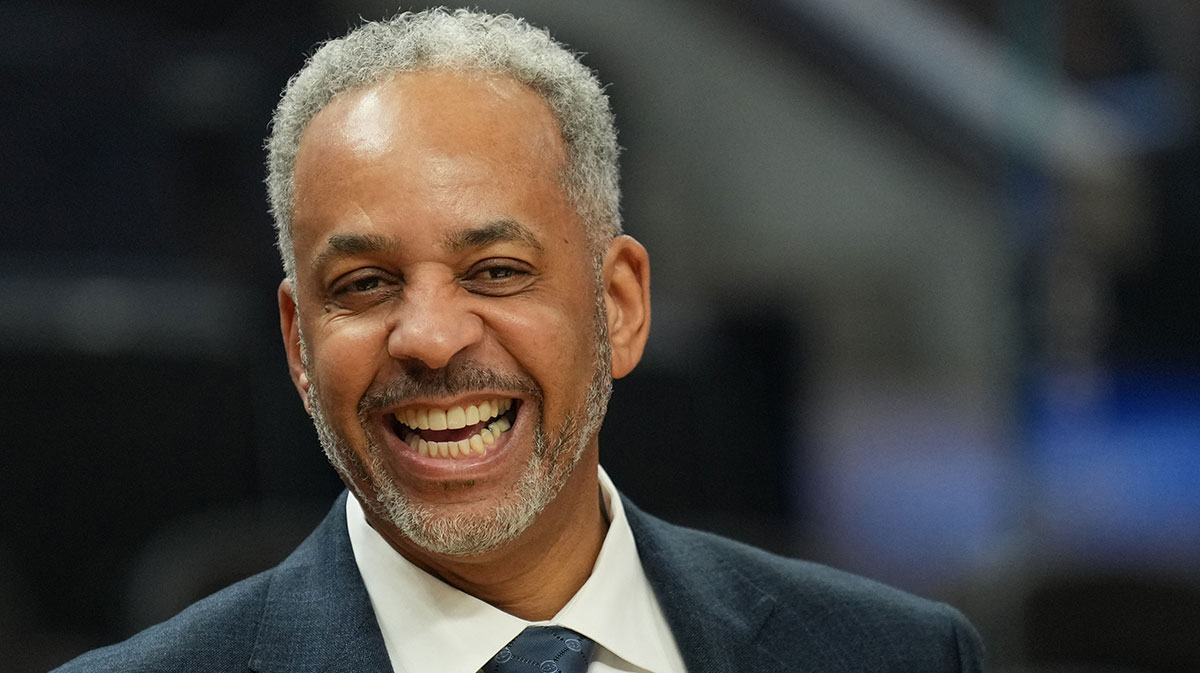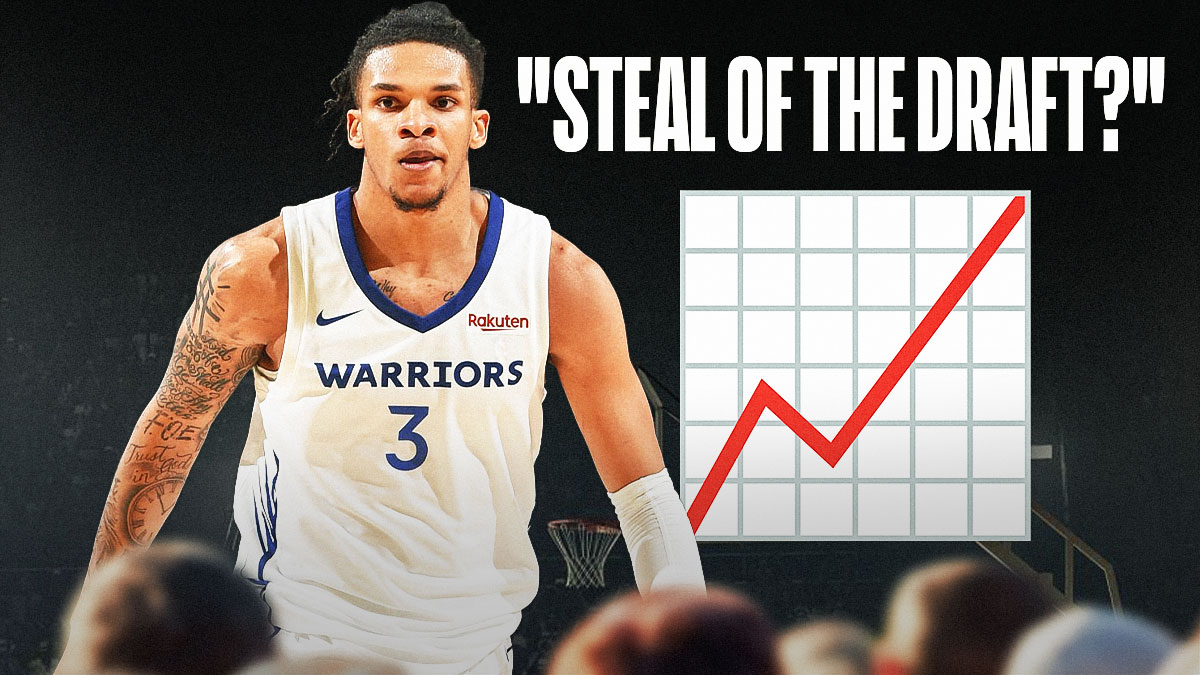You'd be hard-pressed to name a team that had such a meteoric rise to fame than the Golden State Warriors during the 2010's. This team came from a 23-win squad during the 2011-12 season to a full-blown dynasty within the span of a few years. However, as they always say, all good things come to an end.
For the mighty and once-unbeatable Warriors, this came at the end of the 2018-18 campaign, as they relinquished their title to the Toronto Raptors and their fairy tale-like championship run. Nevertheless, this cannot be considered as the biggest failure in this team's recent history — and no, it's also not how they inexplicably lost the 2016 Finals after not only setting an NBA record 72-win season, but also going up 3-1 in the series against LeBron James and the Cleveland Cavaliers.
One can argue that what ultimately led to the collapse of the dynasty is not anything that happened on the basketball court. It was a long, meticulous, and expertly-calculated process that was spearheaded by the organization's front office. At the end of the day, the beginning of the end was when the Warriors sold out their heart and soul years before they lifted their first title in 2015.
To provide a better understanding of our narrative here, we need to turn back the clock to the days of the “We Believe” Warriors. This was one of the greatest eras of this team's proud history — and frankly, it might not be something today's “Warriors fans” will be familiar with.
Back in the 2006-07 season, a Golden State squad led by the likes of Baron Davis, Jason Richardson, and Monta Ellis, to name a few, upset the odds in what was truly an historic season for the franchise. This team was virtually out of the playoff race a few months before the postseason kicked in. However, they went on win 16 out of their final 21 games of the season to secure an unexpected playoffs berth.
By the time the eight-placed Warriors faced off against the first-seeded Dallas Mavericks in the first round of the playoffs, the “We Believe” slogan was already in full swing. Golden State took it a step further by upsetting Dirk Nowitzki and the Mavs in that series. The Warriors ended up losing to the Utah Jazz in the second round, but at that point, history had already been made.
That particular Warriors side was by no means a powerhouse lineup — surely they paled in comparison to the dynasty Warriors of the 2010's. However, they had heart and they had hope. This was something that each player on that memorable side possessed, and they were fueled by the unwavering support of Warriors fans — the “real” Warriors fans. Simply put, Golden State supporters were one of, if not the best of home fans in the NBA at that time.
From that point on, however, the team's front office knew that they had struck on a gold mine, and they did everything in their power to squeeze every single cent out of it. Over the years, the organization would capitalize on every possible aspect of what had become a well-loved and marketable brand throughout the nation. All this eventually resulted in ticket prices skyrocketing — to the extent that the Warriors fans of old could no longer afford to watch live home games. They were replaced by a more affluent crowd, that arguably, do not have as much heart and passion as compared to the true supporters that preceded them. This new batch of Warriors fans were there more for the experience of watching the Stephen Curry's and the Kevin Durant's in the flesh (and sharing the same experience on social media, of course) as opposed to actually supporting the team based off of a deep-rooted love and faithfulness for the Warriors.
Don't get us wrong, though. It's hard to deny that this was the right decision to make for the organization from a financial perspective. After all, the NBA is a business, and as they say, bills have to be paid. As a matter of fact, there might have never been a dynasty if there was a lack of shrewd decision-makers in the front office. What is clear is that the Warriors have now established itself as a global brand with an unprecedented following unlike it has ever had in the past.
Whether or not this is all worth losing your heart and soul over is an altogether different question, however. Golden State still has one of the best set of supporters in the league today, but one can't deny that it's just not the same.

